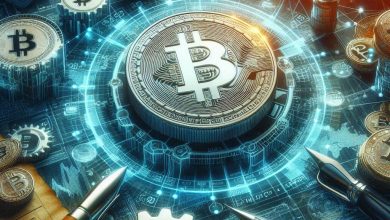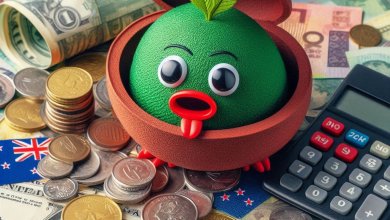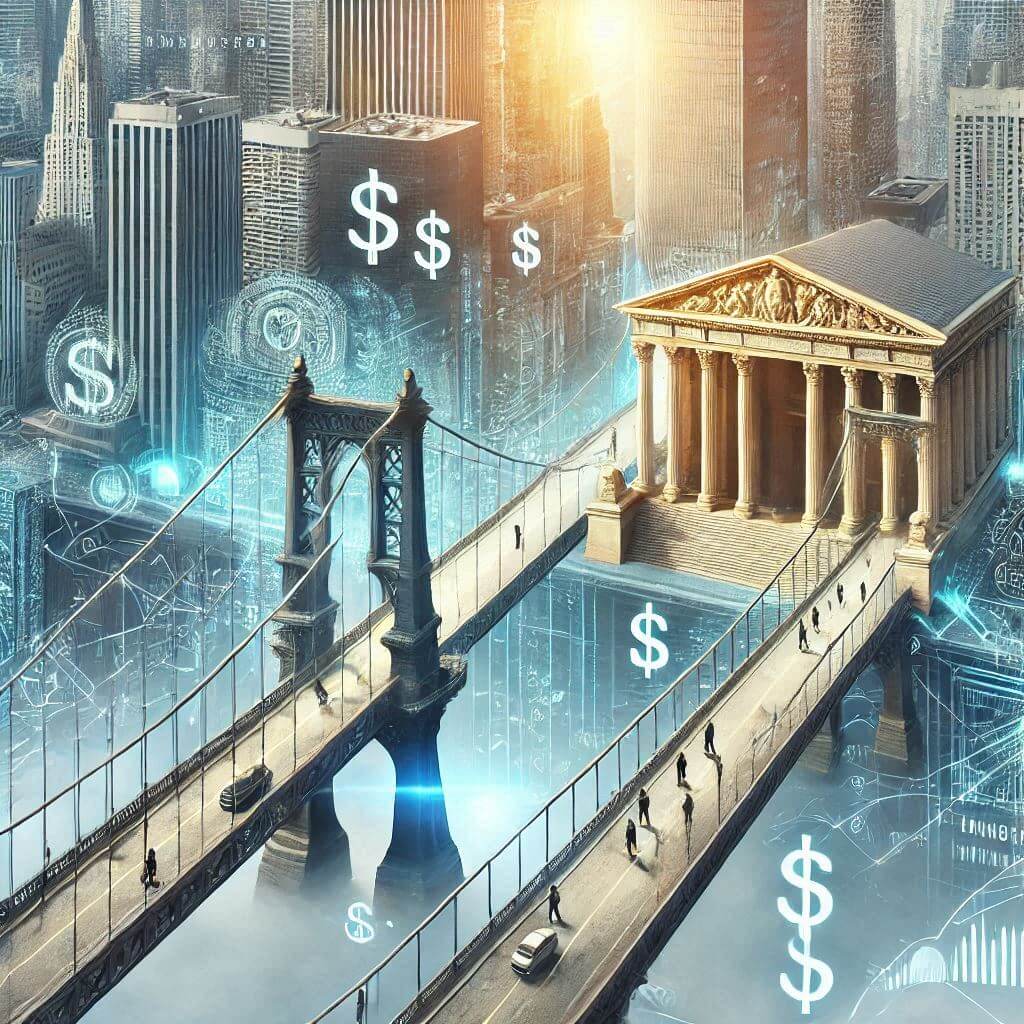
Financial manipulate is essential in identifying an employer’s fulfillment inside the rapid-paced global of technology. Whether a multinational IT behemoth is introducing new gadgets or a startup is growing present software program, strong financial practices are important for preserving boom, financing innovation, and very last aggressive. In contrast to conventional sectors, cutting-edge-day companies confront unique economic problems, together with exorbitant studies and development (R and D) fees and volatile marketplace tendencies. Groups also can make clever choices and prosper on this rapid-paced place thru having a sturdy expertise of the manner finance functions indoors a virtual employer.
Why Finance is Critical for Technology Companies
Any virtual organisation’s backbone is finance, which permits control assets, streamline techniques, and ensure prolonged-term viability. The easy financial obligations of a technology enterprise encompass:
Finance Innovation: R and D is a notable rate for IT corporations. Good monetary management guarantees pinnacle sufficient rate variety for emblem spanking new product improvement.
Scaling Operations: As tech corporations boom, they need cash to boom their infrastructure, recruit professionals, and penetrate new markets.
Managing Cash Flow: Cash drift manipulate is important for many tech agencies that use subscription or now not on time sales models.
Key Financial Challenges in Technology Companies
1. High Research and Development (R and D) Costs
Technology groups spend pretty a few money on innovation, which calls for hundreds of money in advance than they see a bypass back on their funding. It can also furthermore take years for digital startups to create a success products, in assessment to standard companies that make cash proper away.
Answer:
To finance innovation, get authorities gives, undertaking capital, or enterprise alliances.
To maintain financial equilibrium, strike a stability amongst R and D fees and ordinary profits assets.
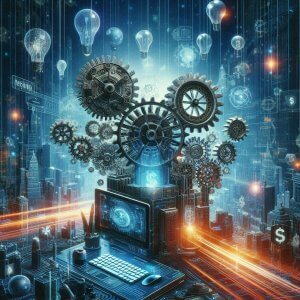
2. Uncertain Revenue Models
Many software program software program groups rely upon marketing earnings or subscription-primarily based models (like SaaS), that could trade counting on patron retention and marketplace call for. In assessment to agencies that offer tangible objects, laptop businesses frequently address erratic sales property.
Answer:
Use flexible pricing techniques to draw pretty quite a number consumer demographics.
Diversify your sales streams and provide organization solutions or high-quality talents.
3. Market Volatility and Competition
The tech business business enterprise is pretty competitive, with new startups and disruptive improvements growing continuously. Market traits exchange , affecting monetary planning and funding alternatives.
Answer:
Conduct frequent economic forecasts and competitor assessment to live earlier.
Maintain a healthy economic reserve to regulate to market fluctuations.
4. Cybersecurity and Compliance Costs
Tech businesses need to spend money on protection infrastructure and prison compliance in slight of evolving cybersecurity threats and information privateness rules. Failing to accomplish that would also bring about monetary losses, damage to at least one’s reputation, and criminal repercussions.
Answer:
Allocate budget for cybersecurity measures and compliance agencies.
Invest in monetary hazard control answers to mitigate protection threats.
Top Financial Techniques for Technology Businesses
Optimize Cost Management: While spending in crucial areas like R and D and advertising, maintain operational expenses underneath take a look at.
Leverage Data Analytics: Screen expenditure, income traits, and patron conduct with economic analytics tools.
Seek Strategic help: To strong prolonged-term help, check out assignment capital, angel buyers, and initial public services.
Preserve Financial Transparency: To entice consumers and keep self notion, make certain economic reporting is accurate.
Conclusion
For era agencies, finance is an critical foundation of achievement. Effective monetary techniques allow tech businesses to deal with hard conditions and spur innovation, from handling R and D costs to growing operations and lowering risks.
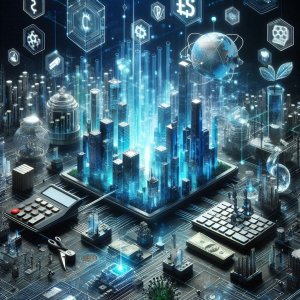
Tech companies also can ensure lengthy-term stability and non-stop boom in a continuously changing corporation through enforcing astute economic making plans strategies and using technologically advanced economic tool.
